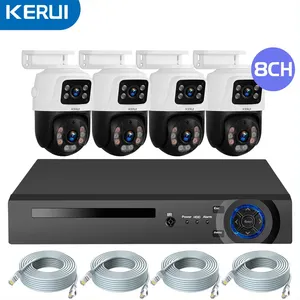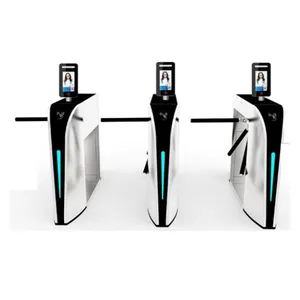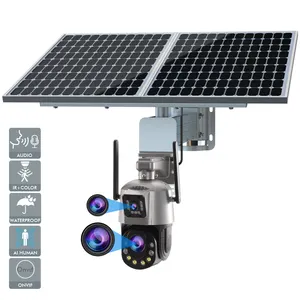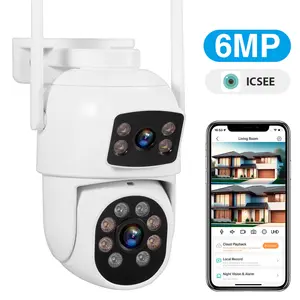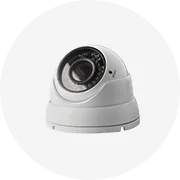Populair in uw branche












































































Gerelateerde zoekopdrachten:























































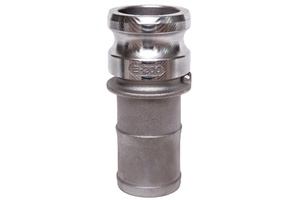




























































































Topcategorieën
Over cam lock gezamenlijke
Bezoek Alibaba.com en krijg de nieuwste technologie in cam lock gezamenlijke. fabricage. Deze sloten beschermen tegen lockpicking en voorkomen ongewenste invasie. Bescherm gezinsleden door deze opmerkelijke cam lock gezamenlijke te gebruiken. die effectief zijn om te voorkomen dat kinderen deuren openen voor vreemden of huisdieren om het pand zonder toezicht te verlaten.
De premium kwaliteit hiervan cam lock gezamenlijke. maakt ze langdurig duurzaam. De galvanische en polijsttechnologieën die bij de constructie van deze items worden gebruikt, maken ze roestbestendig. Evenzo zijn deze items glad genoeg om schade aan de huid van de gebruiker te voorkomen. Bied extra veiligheid en privacy met deze geweldige sloten die ongeautoriseerde toegang sterk beperken. Bescherm uw eigendommen met deze uitstekende producten die zijn ontworpen met een afwerking die bestand is tegen schoppen.
Koop deze sterke producten cam lock gezamenlijke. die gaten hebben voor verschillende maten die passen bij alle soorten deursloten van Alibaba.com. Deze sloten zijn veilig genoeg om op verschillende plaatsen te worden gebruikt, inclusief maar niet beperkt tot appartementen, privékamers en badkamers. De installatie van deze items is snel en gemakkelijk voor de kopers. Je hebt alleen schroeven en voorgeboorde gaten nodig om hun geliefden en eigendommen te beveiligen voor hun gemoedsrust.
Kopers kunnen online op Alibaba.com kijken voor de meest verbazingwekkende cam lock gezamenlijke. op de markt. De technologieën van sloten veranderen en de gecertificeerde fabrikanten op deze site werken onvermoeibaar om de trend voor hun gewaardeerde klanten bij te houden. Blijf veilig en beveiligd eigendom met deze betrouwbare producten.
